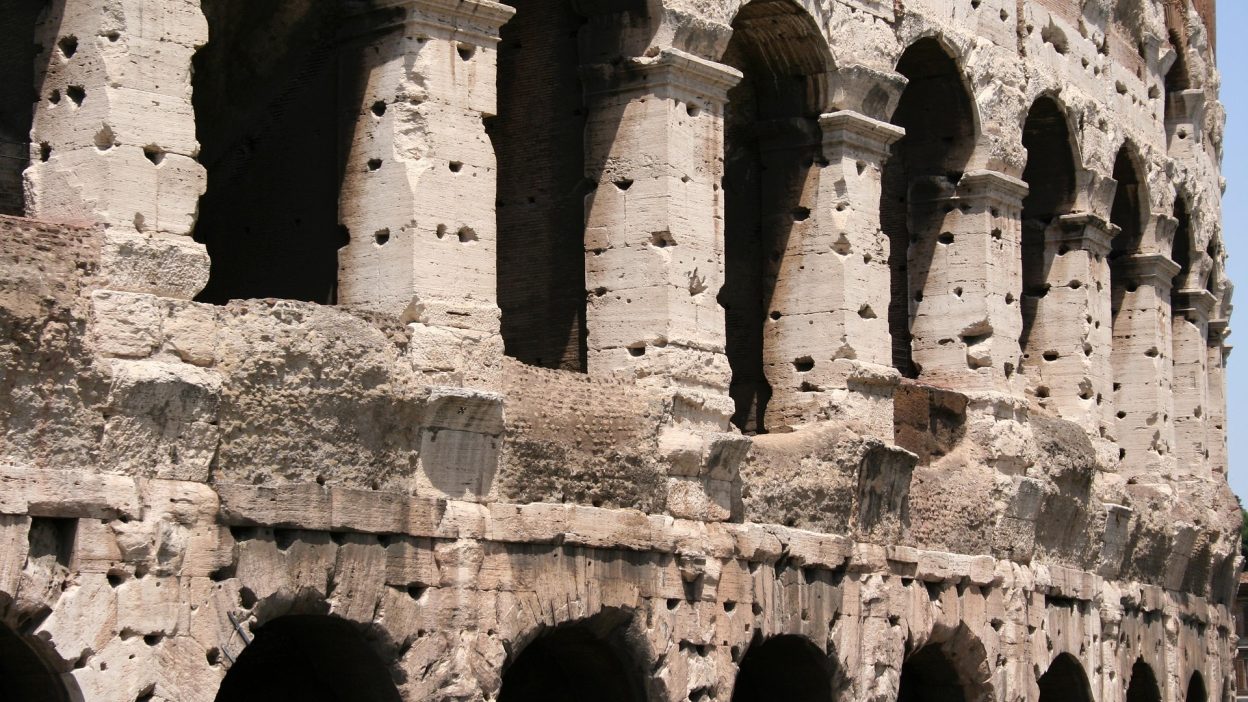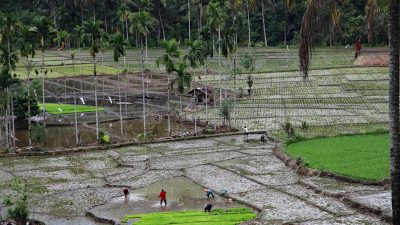When The North Sea Swallowed The Lowlands
1. A Catastrophe Lost in Time: St. Felix’s Flood, 1530
St. Felix’s Flood remains one of the most devastating storm surges in European history. Striking the Low Countries on 5th November 1530, this disaster submerged entire towns, obliterated farmland, and claimed thousands of lives. Known as ‘Quade Saterdag’ (Evil Saturday) in Dutch history, this catastrophe was overshadowed by later floods but left a permanent scar on the region. The sheer force of the North Sea’s storm surge, coupled with inadequate flood defences, led to a humanitarian and economic crisis that shaped the region’s history for centuries.
The Holy Roman Empire, under Charles V, struggled to mitigate the impact, as medieval infrastructure was no match for the forces of nature. What unfolded on that ill-fated Saturday was more than just a flood—it was a disaster that reshaped geography, displacing thousands and altering the very fabric of life in the Low Countries (now Belgium and the Netherlands).
2. The Perfect Storm: How the Disaster Unfolded
The flood was triggered by a powerful North Sea storm, which pushed massive waves into the coastal regions of Zeeland and Flanders. The storm coincided with a high tide, amplifying the surge and breaching existing dikes.
Medieval flood defences in the Low Countries were fragile and often poorly maintained. With centuries of land reclamation, much of the region relied on dikes to keep the sea at bay. However, on 5th November 1530, those defences crumbled under the relentless waves. Rivers swelled beyond their limits, storm surges tore through coastal settlements, and entire islands were swallowed by the sea.
By the time dawn broke, the flood had reshaped the geography of the Netherlands. Towns such as Reimerswaal, once a thriving commercial centre, were obliterated. Other settlements were left abandoned, forever lost beneath the rising waters. The event was an early warning of the dangers posed by unchecked climate forces—a lesson that would be repeated throughout Dutch history.
3. Death and Destruction: The Devastating Toll of St. Felix’s Flood
The catastrophic scale of the flood left the region in ruins. Some of the worst-hit areas included Zeeland, Brabant, and parts of Flanders. The impact was measured not only in lives lost but in economic ruin and environmental transformation.
- Death Toll: Over 100,000 people are estimated to have perished, though records remain unclear due to medieval documentation limitations.
- Injuries and Displacement: Thousands were left injured or stranded as homes were swept away. Survivors faced disease, starvation, and homelessness.
- Land Loss: The flood permanently submerged large portions of Zeeland, including the once-thriving town of Reimerswaal, which was never rebuilt.
- Economic Impact: Trade routes were disrupted, farmland was rendered useless due to saltwater contamination, and thousands of livelihoods were lost overnight.
4. The Drowned Cities: Reimerswaal and the Lost Settlements
Among the most tragic losses was Reimerswaal, once a prosperous trading hub. Before the flood, it was a thriving town with a strong maritime economy. However, the unrelenting waves swallowed it whole, leaving only ruins beneath the waters of the Eastern Scheldt.
Other villages and towns in Zeeland faced a similar fate. Many were abandoned or severely depopulated in the years following the flood. The physical landscape was altered beyond recognition, with new waterways forming in areas where fields and homes once stood.
Centuries later, Reimerswaal remains one of the most infamous ‘drowned cities’ of the Netherlands. Its ghostly legacy serves as a stark reminder of how nature can reclaim land in an instant.
5. The Aftermath: A Nation in Ruins
The flood left the Holy Roman Empire’s northern territories in chaos. Thousands of survivors struggled to find shelter, food, and resources. Disease outbreaks followed due to contaminated water and rotting corpses. Trade suffered massive disruptions, affecting the economy of the Low Countries, which was crucial to the empire’s wealth.
Despite attempts to rebuild, many regions never recovered. With the floodwaters permanently altering the coastline, towns that were once thriving disappeared from maps. Rebuilding efforts took decades, and for many communities, full recovery was impossible.
6. The Science Behind the Storm Surge
While medieval Europeans lacked the scientific knowledge we have today, modern meteorology has shed light on how such a powerful storm formed.
- Extreme Low Pressure: A deep depression in the North Sea created violent winds, pushing water inland.
- High Tides and Storm Convergence: The timing of the storm coincided with a spring tide, which amplified the flooding.
- Weakened Dikes: Due to poor maintenance and previous smaller floods, the dikes were already vulnerable.
- Geographic Susceptibility: The Netherlands sits below sea level, making it highly vulnerable to storm surges.
7. The Political Fallout: How the Empire Responded
- Charles V’s Struggle: As Holy Roman Emperor, Charles V faced immense pressure to support the flooded regions. However, his focus on European wars meant limited funds were allocated for rebuilding.
- Weakened Dutch Influence: The disaster weakened the economic and political influence of the Low Countries within the empire, increasing local resentment.
- Land Reclamation Efforts: Over time, Dutch engineers pioneered dike-building techniques to prevent future disasters, shaping the Netherlands’ famous water management system.
8. Could This Happen Again? The Modern-Day Threat
While the Dutch have developed some of the world’s most advanced flood defences, climate change poses new risks. Rising sea levels and increasingly severe storms threaten even the strongest dikes. The Delta Works, a vast system of dams and storm barriers, were built after the 1953 North Sea Flood, but experts warn that more adaptations are needed.
Lessons from St. Felix’s Flood highlight the dangers of underestimating nature. If history teaches anything, it’s that no defences are foolproof.
9. Lessons from St. Felix’s Flood: The Dutch Legacy
The Netherlands’ relationship with water has always been one of resilience. The disaster led to centuries of innovation in flood prevention, from polder systems to modern-day storm surge barriers. Dutch engineers are now global leaders in water management, exporting their expertise worldwide.
The flood also left a cultural mark, reinforcing the Dutch spirit of adaptation and survival. While the tragedy of 1530 remains largely forgotten outside historical circles, its lessons endure.
10. Conclusion: A Warning from the Past
St. Felix’s Flood is not just a relic of history; it is a warning. The sea does not forget, and as climate change accelerates, the risk of another catastrophic storm surge grows. The Dutch have built some of the world’s strongest flood defences, but history has shown that nature often finds a way.
If this disaster teaches anything, it’s that preparation and vigilance are key. The past may be long gone, but the sea remains an ever-present threat.
FAQs
1. How many people died in St. Felix’s Flood?
It is estimated that over 100,000 people lost their lives, though exact numbers remain uncertain.
2. Why was St. Felix’s Flood so deadly?
A combination of a powerful North Sea storm, high tide, and weak dikes led to widespread destruction.
3. What happened to Reimerswaal?
Reimerswaal, once a prosperous town, was completely submerged and never rebuilt.
4. Could a similar flood happen today?
While modern flood defences reduce the risk, rising sea levels and climate change pose an ongoing threat.5. How did the disaster impact the Holy Roman Empire?
The flood weakened the Low Countries’ economy and strained Charles V’s resources, contributing to regional instability.




